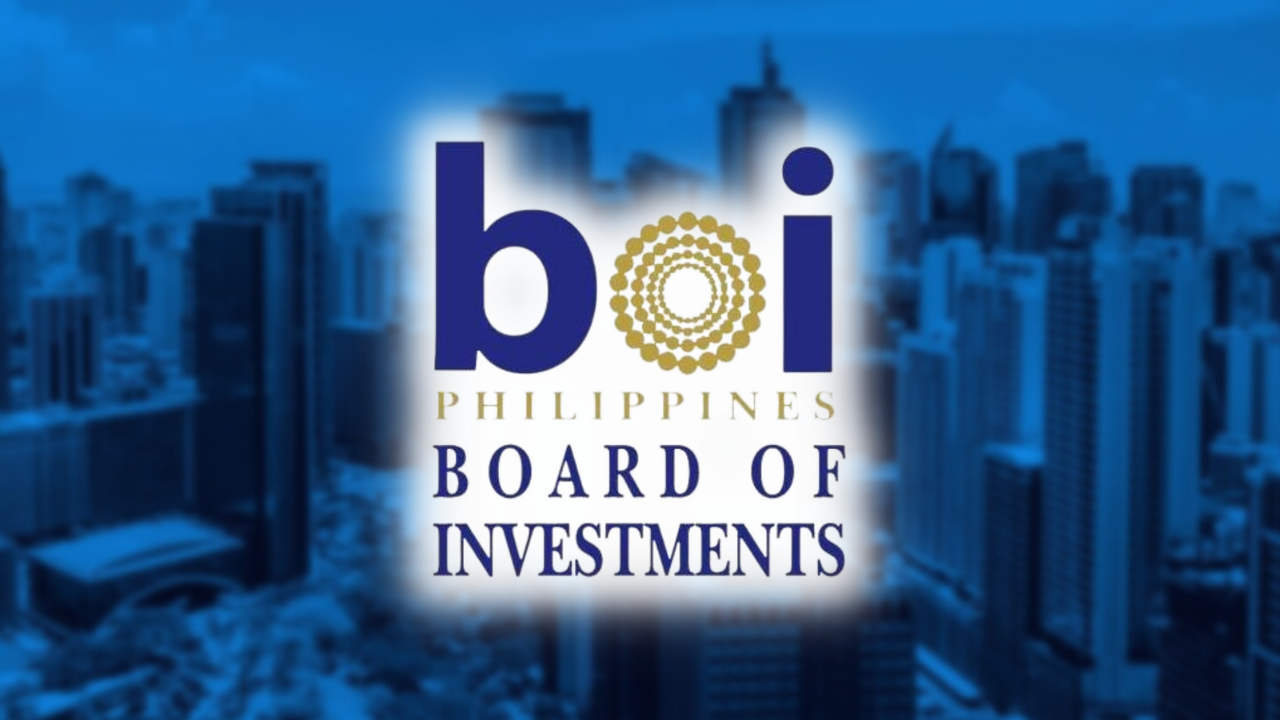BOI: Pipeline of new investments now at P2T
The government’s lead investment promotion agency said it had around P2 trillion worth of investments in its current pipeline, a volume that is more than enough to meet its target for this year.
Ma. Corazon Halili-Dichosa, executive director of the Department of Trade and Industry’s (DTI) Board of Investments (BOI,) said last week that these investments were spread out over 331 projects that had come in following the enactment of needed reforms.
“In pursuit of economic growth, the government has enacted a suite of major economic reforms to further enhance the investment climate and economic structure,” Dichosa said during the 2024 International Tax and Investment Forum organized by the Asian Consulting Group in Pasay.
She mentioned, in particular, the Retail Trade Liberalization Act, as well as the amendments to the Foreign Investments Act.
Record high
In 2023, the BOI approved P1.26 trillion worth of investments, the highest in the government agency’s 56-year history.
These investments were mostly in the renewable sector, as well as in information and communications technology, mining, manufacturing and infrastructure.
Meanwhile, the top source by country includes Germany, the Netherlands and Singapore.
The BOI’s investment portfolio last year marked a 73-percent increase from the P729 billion worth of investments recorded in 2022.
In 2022, the investment promotion agency arrested two years of decline, based on their investment portfolio of P655 billion in 2021, P1.02 trillion in 2020, and P1.14 trillion in 2019.
Roadmap
For this year, the BOI is targeting at least P1.1 trillion worth of investments, with the government agency still expecting that most of these will be in the renewable energy sector.
The government’s roadmap is to have the renewable energy sector take up a 35 percent in the country’s power generation by 2030, and to eventually increase it up to 50 percent by 2040.
Today, most of the Philippines’ power plants are coal-fired and diesel-fed, which means that the local cost of electricity is tied to the volatile global market prices of coal and oil. INQ

